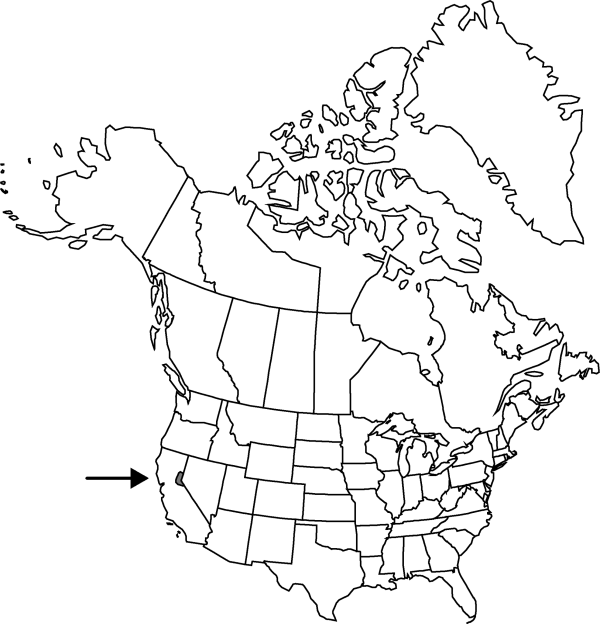Lewisia longipetala
Present-day Rock Gard., xx, 341. 1937.
Taproots gradually ramified distally. Stems procumbent, 3–6 cm. Leaves: basal leaves withering at or soon after anthesis, gradually narrowed to broad petiole, blade narrowly linear to linear-oblanceolate, flattened or channeled adaxially, 2.5–6 cm, margins entire, apex acute; cauline leaves absent. Inflorescences usually with flowers borne singly, sometimes 2–3-flowered racemose cymes; bracts 2, opposite, plus 1 subtending each successive flower if 2 or more flowers present, lanceolate, 5 mm, margins glandular-toothed, apex acute. Flowers pedicellate, not disarticulate in fruit, 2.5–4 cm diam.; sepals 2, broadly obovate, 4–10 mm, herbaceous at anthesis, margins glandular-toothed, apex rounded to truncate; petals 5–10, white to very pale-pink, often with reddish glands at apex, narrowly elliptic-oblong, 11–20 mm; stamens 7–9; stigmas 5–6; pedicel 10–25 mm. Capsules 8 mm. Seeds 20–50, 1.5 mm, dullish, minutely granular. 2n = ca. 22.
Phenology: Flowering mid-late summer.
Habitat: Rock crevices or damp scree near melting snow
Elevation: 2600 m
Discussion
Of conservation concern.
Lewisia longipetala is known only from the northern Sierra Nevada in Eldorado and Placer counties.
Selected References
None.
Lower Taxa
"broad" is not a number."broad" is not a number.
